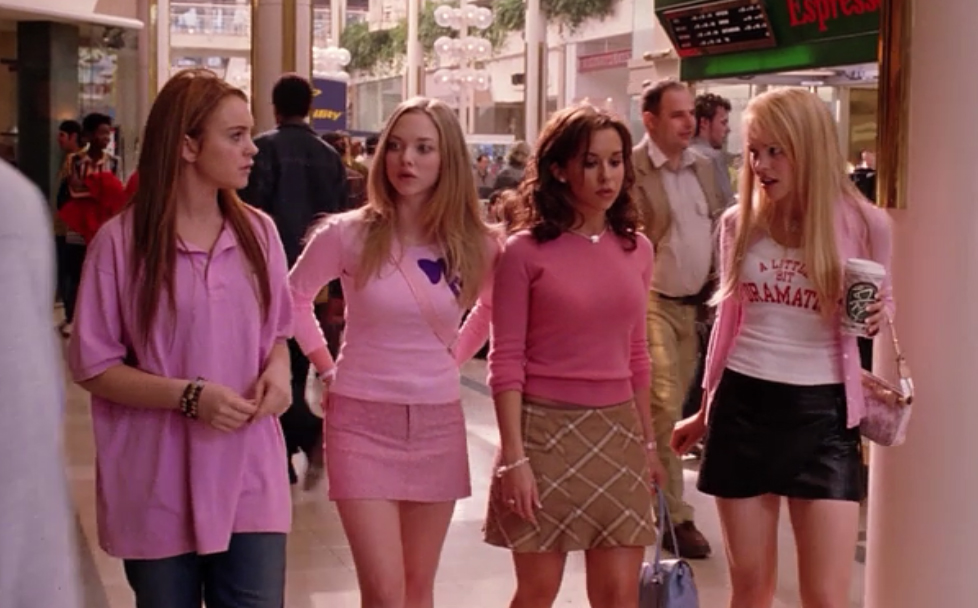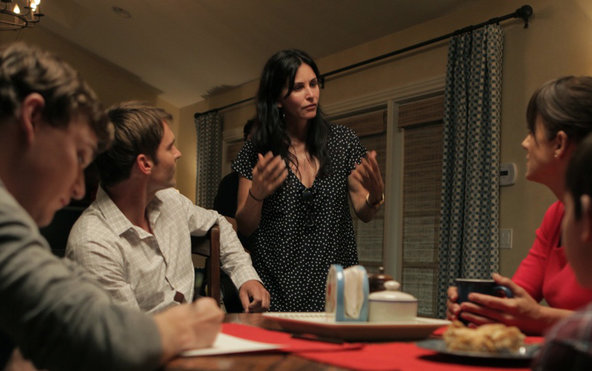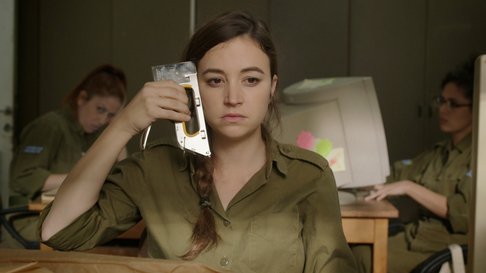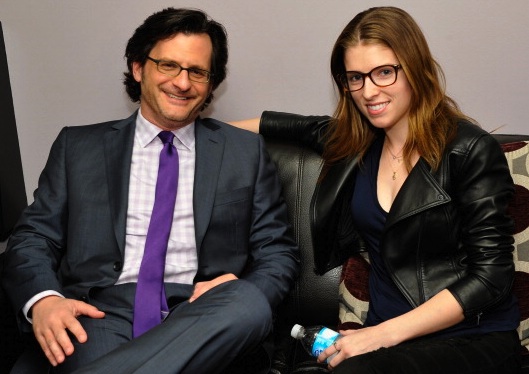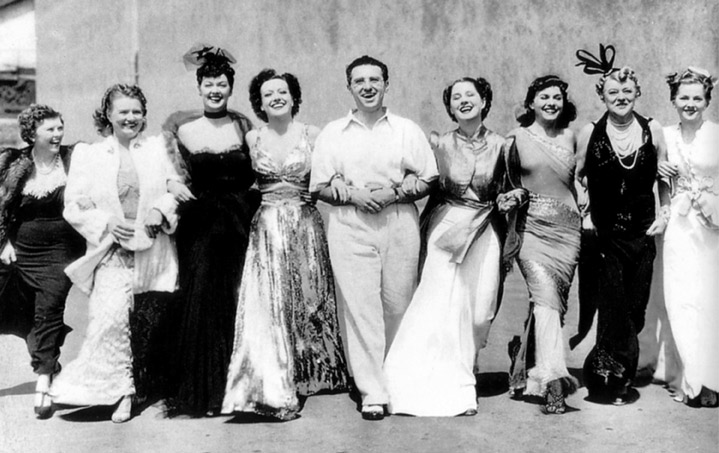"I know what you're thinking: Home schooled kids are freaks!"
 Wednesday, April 30, 2014 at 11:11AM
Wednesday, April 30, 2014 at 11:11AM [Our Mean Girls week concludes with a really fresh angle I think you'll love. Here's Tim on being a home schooled freak. - Nathaniel R]
 Tim here. I can't tell you how many times I, a perpetually overweight, underemployed, thirtysomething male, have looked at Lindsay Lohan and thought to myself gosh, she's just like me! But I can tell you the time it struck closest to home was when I first peered into Mean Girls a decade ago. Look at any appreciation, vintage or current, like the ones we have going for our Mean Girls Week, and you're going to encounter the sentiment that the film understands deep and universal truths about the public high school experience, but the kinship I feel with Lohan's Cady Heron is of an entirely different sort - the exact opposite, in fact.
Tim here. I can't tell you how many times I, a perpetually overweight, underemployed, thirtysomething male, have looked at Lindsay Lohan and thought to myself gosh, she's just like me! But I can tell you the time it struck closest to home was when I first peered into Mean Girls a decade ago. Look at any appreciation, vintage or current, like the ones we have going for our Mean Girls Week, and you're going to encounter the sentiment that the film understands deep and universal truths about the public high school experience, but the kinship I feel with Lohan's Cady Heron is of an entirely different sort - the exact opposite, in fact.
Mean Girls, after all, isn't just a movie about any old bright teenager entering a new school and being partially devoured by the social order she finds there: it's about a bright teenager who has spent her life to that point being home schooled, thrust for the first time into a world full of people her own age. And like Cady, I spent my share of time being home schooled, though it wasn't because my parents were awesome zoologists who took me with them for a decade-plus research trip in Africa (it wasn't for fringe religious reasons either, I want to make that very clear). And unlike Cady, I never did get to experience the magical horror show of American high school. But I did get to have that same brutal, abrupt shift from being essentially solitary, driven only by my own sense of discipline, to be thrown into a terrifying world of people and schedules when college and dorms came upon me. [More...]



